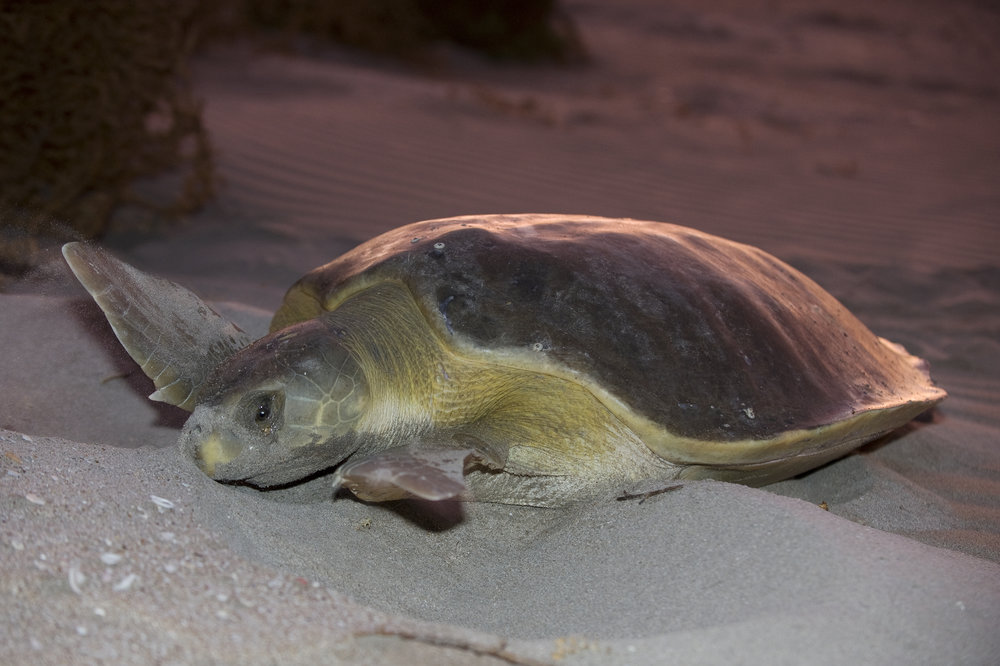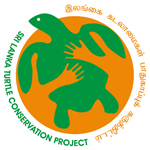

Scientific Name
Natator depressus

Conservation status
Data Deficient

Population
Data Deficient

Average lifespan
Up to 100 years

Average adult weight
70-90 Kg

Average adult size
75-99 cm

Biogeographic realm
Northern Australia, the Tropic of Capricorn, and Papua New Guinea.
The common name for this turtle comes from its shell having a flattened or lower dome than the other sea turtles. Their carapace is olive-gray with pale brown/yellow borders and a cream-colored plastron. This species’ females are larger and have longer tails than the males. The Flatback sea turtle is native to the Australian continental shelf’s sandy beaches and shallow coastal seas. They can be found in grassy regions, bays, lagoons, estuaries, and everywhere a soft sea bed. Flatback turtles reproduce every two to three years and lay about 50 eggs, which are larger and more numerous than those laid by other sea turtles. Adults of Flatback turtles are forage predators, consuming a range of soft-bodied prey such as jellyfish, sea cucumbers, shrimp, and other invertebrates. Even though they hardly ever consume plants, they will occasionally eat seagrasses. Flatback sea turtles, suffer common concerns such as habitat loss, the wildlife trade, harvest of eggs and meat, by-catch, pollution, and climate change.

